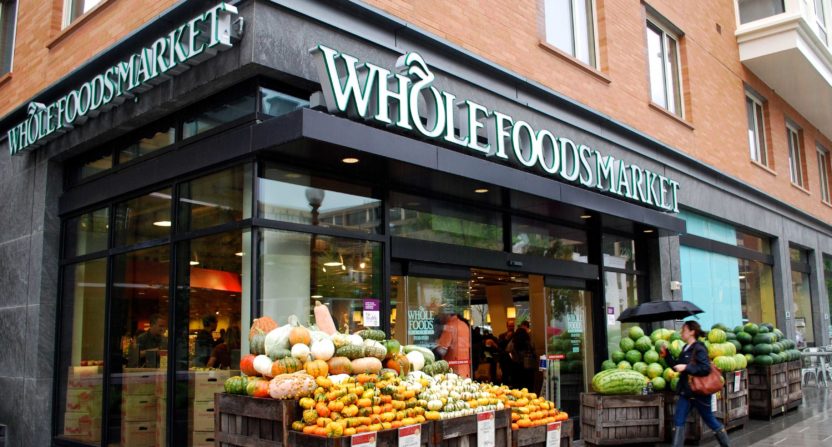Amazon recently asked cities from all over North America to submit proposals that explain why they deserve to be the home of the tech company’s second headquarters. The merits of winning such a contest remain dubious as whatever gains there are to be had in jobs and taxes could be offset by massive home price surges and gentrification. In other words, exactly what’s happening in Seattle where Amazon is currently located. There are also concerns that a company like Amazon already knows where it’s going to expand and all of this is just a very public humblebrag.
In spite of those concerns, a whopping 238 places submitted proposals, offering up millions (and sometimes billions) in incentives and tax breaks. The point is, even though we’re all pretty sure Amazon is just gonna do whatever they want, we like fooling ourselves into thinking they’re actually looking out for us.
Case and point, when Amazon bought Whole Foods, the first thing they did was slash prices at the notoriously overpriced supermarket. In a move that was praised across the board, they cut prices on everything from bananas and kale to ground beef and rotisserie chicken. Prices came down as much as 40 percent on some products. The message was clear: we’re going to turn Whole Foods into a market for everyone.
Turns out, however, that the message was just marketing.
Now that the eyes of the world are no longer focused on Amazon’s acquisition, it appears that they have been sneakily raising prices back up. The Washington Post (which is owned by Amazon CEO Jeff Bezos, mind you) reported that research firm Gordon Haskett kept an eye on prices at a Whole Foods in New Jersey over the course of five weeks and found that those discounted prices crept back up in many cases. Furthermore, they found that overall prices only dropped a mere 1.2 percent since Amazon took over.
Specifically, they found that frozen food prices were actually seven percent higher on September 26 than they were on August 28 when Amazon officially closed the deal with Whole Foods. Snack food prices were also up 5.3 percent while dairy and yogurt prices were up two percent. The firm did find a few sections where prices were still down, but roughly 70 percent of the item prices in the store were unchanged.
And so, Amazon was able to revive interest in Whole Foods by making it seem as though it was more affordable now. They also put the fear of God into their competitors and gave Wall Street plenty of reasons to be excited about the future. In the end, they could just roll back most of those promises and no one is the wiser. Perhaps the lack of follow-through on price changes will discourage some new shoppers from returning, but Amazon is surely hard at work figuring out how to bundle their many foods and delivery operations in order to hook you one way or another.
The lesson is, as always, Amazon is going to do whatever it wants, and you’re probably going to sign up for Prime no matter what.






